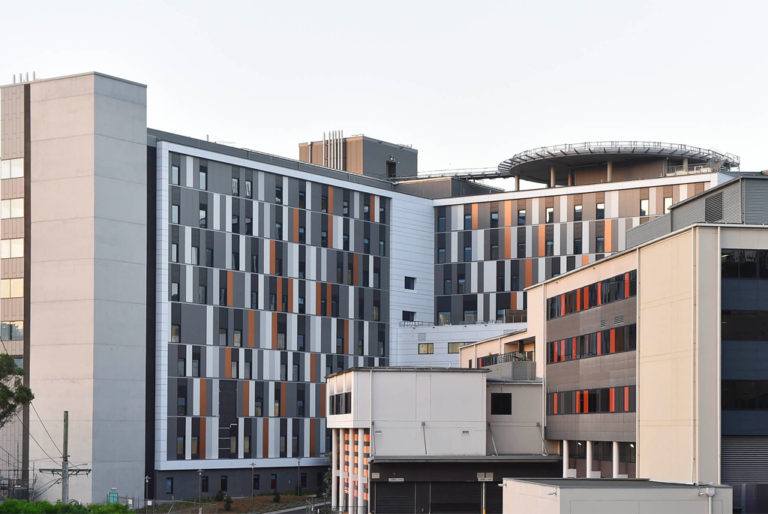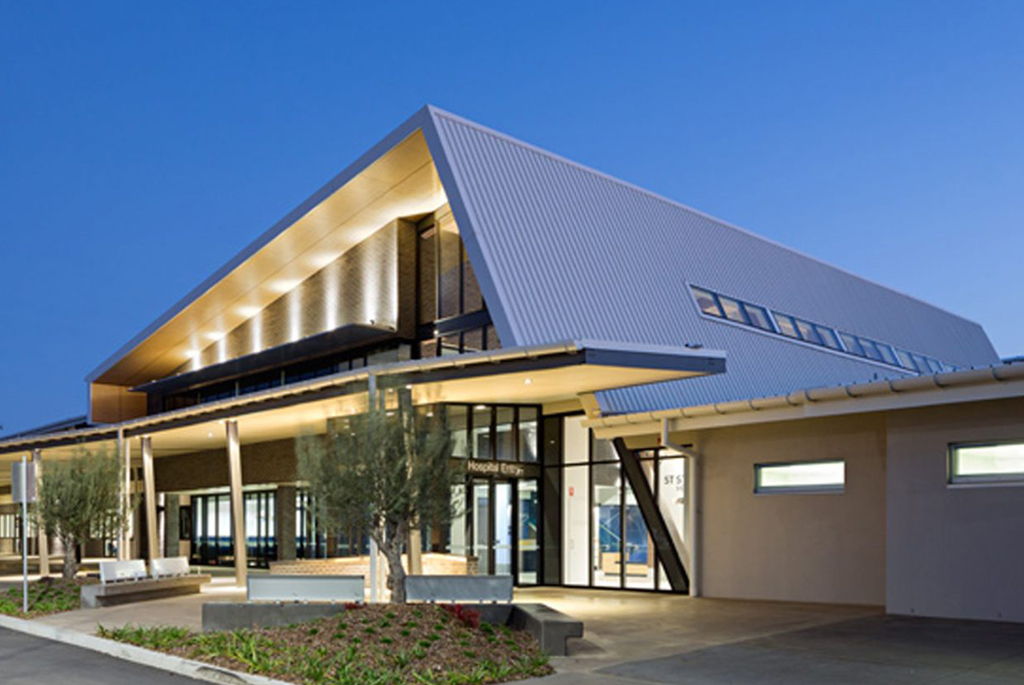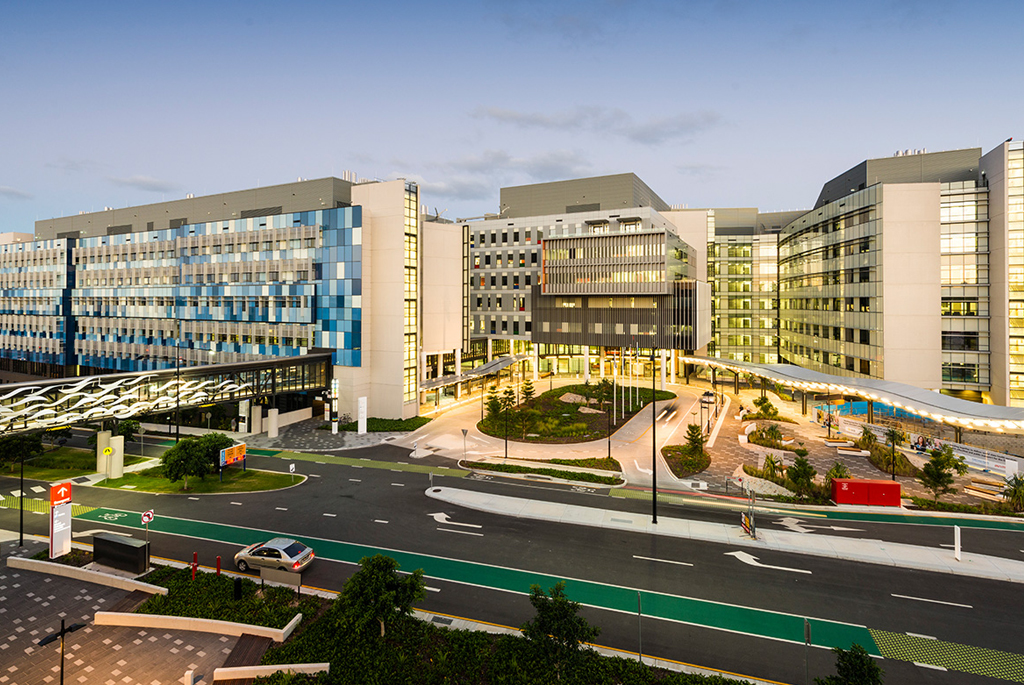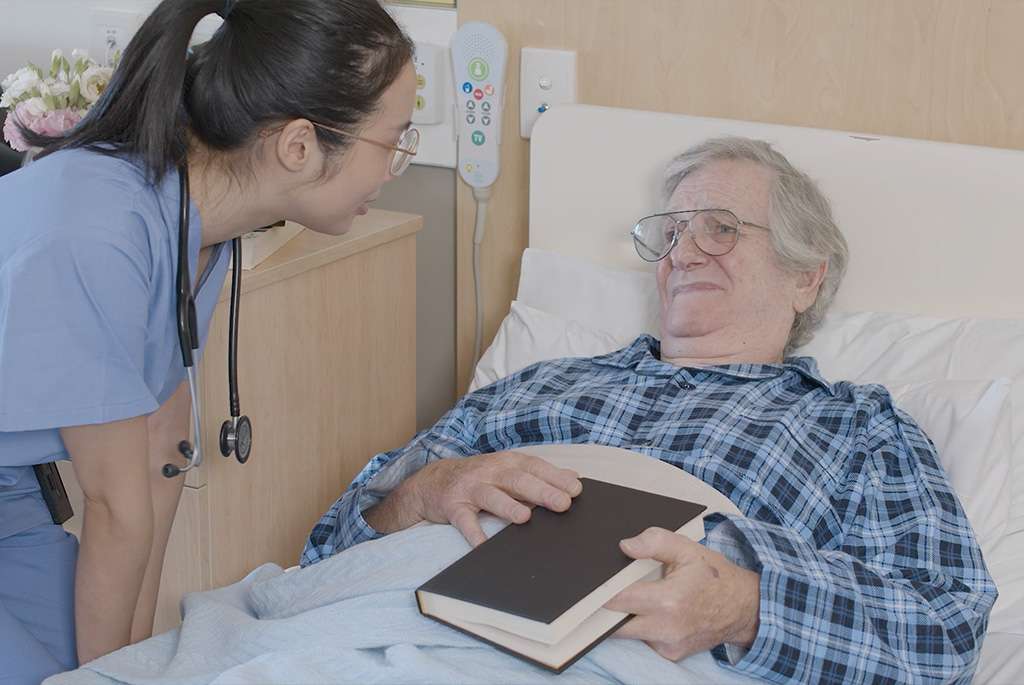Gosford Hospital

Share:
The Responder nurse call and workflow solution has reduced alarm noise to effectively address risk associated with alarm fatigue.
Gosford Hospital
Gosford Hospital is a 484-bed state owned public hospital in Gosford, New South Wales, Australia and is part of the Central Coast Local Health District. Gosford Hospital implemented the Responder integrated communications and clinical workflow solution in its Theatres as part of an initiative to improve patient workflows and safety, and the overall quality of care.
The Challenge
Gosford Hospital was seeking to improve patient safety and quality of care by minimising audible alarms within its Theatres. Healthcare staff are typically exposed to hundreds of alarms during each shift; researchers believe that the number of alarms may be in excess of 1000 alarms per shift.
This may lead to staff becoming desensitised to the alarm, which in turn may lead to a delayed or inadequate response to the alarm. This is known as alarm fatigue. In 2015, the US Food and Drug Administration reported more than 500 alarm-related patient deaths across a period of five years¹.
The Solution
Gosford Hospital has implemented the Responder nurse call workflow solution in each of its Theatres to more effectively manage audible alarms and to minimise alarm noise.
Workflow Terminals installed in each Theatre allow staff to simply push a button to action an Operating Assistant request. Integrated communications systems utilising lighting and automated messaging and alerts streamline the patient workflow from the time of the initial request by Theatre staff, to completion of the request by the Operating Assistant.
Clinical Outcomes
By implementing silent notifications without alarms, Gosford Theatre and Recovery staff achieved a reduction of 388 hours of alarm noise between 1st January 2019 and 31st October 2019. This is a significant step towards reducing alarm fatigue amongst staff and improving patient safety outcomes.

References:
Ruskin, Keith J. and Hueske-Kraus, Dirk. Alarm fatigue: impacts on patient safety. Current Opinion in Anaesthesiology. 28(6):685-690, December 2015.
Gosford Theatre and Recovery staff activated 5,185 operating assistance calls between 1st January 2019 and 31st October 2019. The average time taken by the Operating Assistant to cancel the call was 4.49 minutes, which equates to 388 hours of eliminated alarm time.
Kerle T, Hoad T & Knight V. Use of workflow terminals in theatres demonstrating resource efficiencies and reducing alarms. Digital Health Institute Summit. Sydney Australia 5-6th November 2020. Available at https://digitalhealth.org.au/institute-summit/wp-content/uploads/sites/11/2020/10/SUMMIT2020_PROGRAMS.pdf Last accessed 19/3/2021.
Share:
“We use around 600 items in the kitchen and all of them are now linked with allergy warnings and therapeutic diet codes… we can now manage the risks much better.”
Gold Coast University Hospital
Related Content

St Stephen’s Hospital
Integrated hospital communications support St Stephen’s in delivering exceptional patient care
Learn More
Gold Coast University Hospital
Gold Coast University Hospital leverages technology to transform patient meal ordering
Learn More
Knox Private Hospital
Knox Private Hospital improves patient satisfaction and quality of care with quiet environment
Learn MoreNo posts found!

